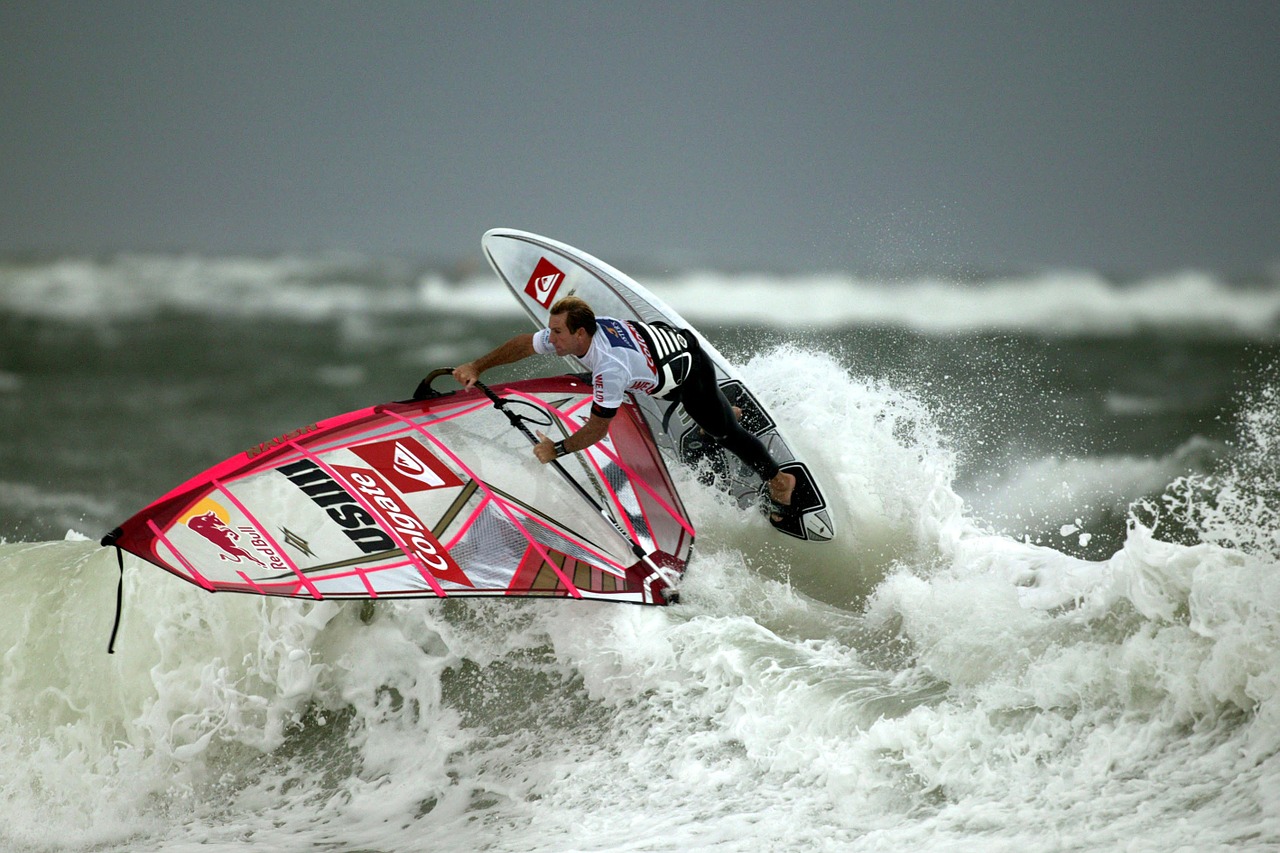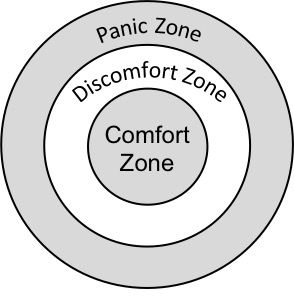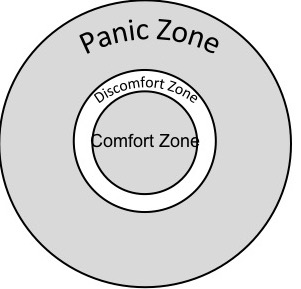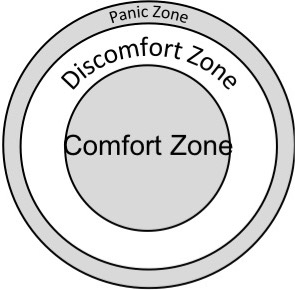Three Minute Wisdom Knowledge is not enough. True leadership is informed by wisdom. The ideas presented here are intended to arouse your curiosity, provoke your thinking and encourage insightful action to help you achieve the things that matter.

Some challenges play to our natural strengths. These are fairly easy to handle and we swing into action with confidence. But when a challenge involves one of our weaknesses, our response can be unskillful and ineffective.
I know this from personal experience. Every year, I face a seven week challenge that strikes me in one of my major weak spots.
My Challenge You see, I am not good at visualizing what others would want for gifts. Between December 25 and February 14, I have to contend with Christmas, my wife’s birthday, our wedding anniversary, and Valentine’s day. That’s an entire year’s worth of stressful shopping and gift expectations distilled into 52 days.
To top it off, my wife is a fantastic shopper with incredible insight into other peoples’ needs and desires. My wife will see a beautiful hand-crafted soap dish and say, “this would be perfect for your brother and sister-in-law, the colors match the tile and wallpaper in their bathroom.” I am dumbstruck as I struggle to remember: do they have a bathroom?
So every year, the stakes (and my wife’s standards) are high. But I have adapted to this situation reasonably well by learning how to use my discomfort to my advantage.
Three Zones* Think of challenges as falling into one of three zones: your Comfort Zone, your Discomfort Zone, and your Panic Zone. Things that you can handle easily and automatically fall within your Comfort Zone. You might not even call these challenges. For my wife, buying someone the perfect gift is in the sweet spot of her Comfort Zone.
At the other end is the Panic Zone, where a new obligation or assignment feels way beyond your capability. When you are deep in the Panic Zone, your ability to see what is going on, think clearly, and react effectively are drastically reduced. For me, the thought of gift shopping pegs the needle right on the edge between the Discomfort and the Panic Zone.

Things that stretch you but still feel “do-able” fall into your Discomfort Zone. It includes things like changing your backhand in tennis, or learning a foreign language. These cause discomfort because you don’t know how to do them yet. Being in the Discomfort Zone makes you feel vulnerable because you know you will stumble or fail the first few times you try it.
All Learning Happens in the Discomfort Zone We can’t learn much in the Comfort Zone because those tasks have become routine and allow us to go on auto-pilot. Auto-pilot is fine for efficiently getting the job done, but it cannot build new capacities. Likewise, little or no learning takes place in the Panic Zone because overwhelming stress severely limits our cognitive and intuitive abilities. The Discomfort Zone, however, provides the challenge of doing something new without the sense of overwhelm. And that’s when our brain kicks into learning mode.
As we all know, the work world changes rapidly. There is no shortage of challenges that will tax our current abilities and require us to learn something new. If we view our career as a never-ending succession of learning and growth, we can relax into the flow of change as a new type of normal, one that we welcome because it gives us a steady stream of new opportunities for learning and capacity-building. Continual learning is your best competitive advantage.

For people who remain stuck in their Comfort Zone, doing only tasks they are already good at, their Discomfort Zone can atrophy. The distance between the Comfort Zone and the Panic Zone contracts, as does the person’s capacity to learn and adapt. Conversely, as we become comfortable with discomfort, we increase the size of our Discomfort Zone. We become more flexible, resilient, better at handling stress, and hungry for new learning. As the Discomfort Zone grows so does the Comfort Zone. The Panic Zone recedes. We gain confidence in our ability to meet future unknown challenges.

The Secret Question One way to maximize your learning in the Discomfort Zone is to ask yourself this question: what is this challenge trying to evoke from me? Or, stated differently, what new capacity am I being asked to develop?
Your potential for learning is literally inexhaustible. If you lived 1,000 years, you would still be able to learn more stuff (you just wouldn’t remember a lot of the old stuff; but by then, you probably wouldn’t need it anyway). So when you are confronted with a challenging situation, ask yourself what new capacity the situation requires that you don’t currently have. Putting a name to this new capacity causes a subtle change of perspective that will stimulate your thinking and help you take more effective action.
Example: for me, the challenge is shopping for gifts. The capacity being evoked is my ability to take the perspective of others; to demonstrate my love for friends and family by choosing to see and appreciate the world as they do. When I started viewing my “shopping challenge” in this light, it became more manageable. Even fun. It improved my relationship with my loved ones in other ways too. That’s what happens when you develop your capacities – unintended positive consequences.
It’s a good thing, too. There’s only three months between Valentine’s and Mother’s Day.
*Adapted from Fred Kofman, Conscious Business, (2006)

Share the wisdom. If you found this article useful, pass it on.